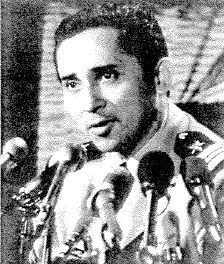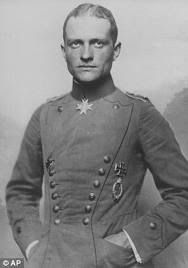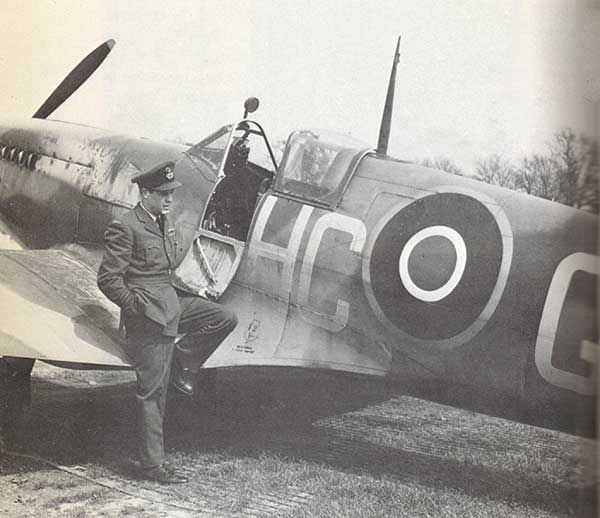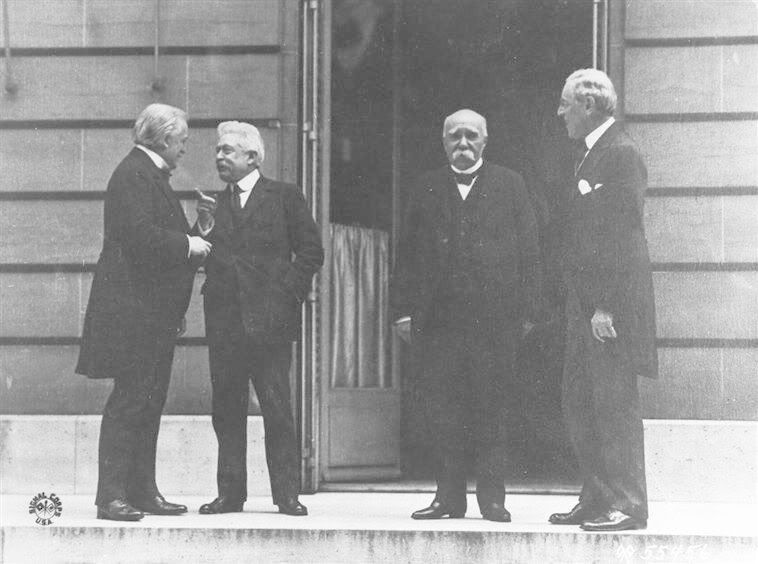- Joined
- Oct 11, 2010
- Messages
- 13,117
- Reaction score
- 8,140
- Age
- 61
Prisoner in Hanoi Hilton.
Everett Alvarez Jr. (b. 1937, Salinas, California) was a Navy Commander who endured one of the longest periods as a prisoner of war (POW) in American history. Alvarez was the first American pilot to be shot down and held as a POW in North Vietnam. He spent over 8 years in captivity, making him the second longest-held POW in American history.
On Aug. 5, 1964, Lt. j.g. Everett Alvarez Jr., an A-4 Skyhawk pilot with a squadron aboard the USS Constellation, was given an ocean target near the Vietnam-China border at Hon Gai. Before he reached the bay, Alvarez signaled, "411 [his call numbers], I'm hit … I can't control it, I'm ejecting." Captured in a Vietnamese fishing vessel when he landed, Alvarez became the first pilot shot down during the Vietnam conflict, and perhaps the longest-held American prisoner in any war.

E. Alvarez
Because no official declaration of war had been made, Alvarez was branded a "criminal" and taken to the place the Vietnamese called the "fiery furnace": Hanoi's Hoa Lo prison, where the thick concrete walls meant isolation. Alvarez's cell was infested with vermin, and his rations consisted of chicken heads, rotting fish, and animal hooves. For eight and a half years at various prisoner-of-war camps, Alvarez remained focused on his commitment to service. "Everbody was tortured," he said. "You did what you had to do. You withstood what you could, knowing sometimes they'll break you."
Under these conditions, Alvarez asserted what control he could. When captors entered his cell to interrogate him, for instance, he would invite them to sit down. The American POWs not only formed their own code of conduct, they continued to help each other. Alvarez, like many of his comrades, reached out to those who became withdrawn or sick.
When release finally came in February 1973, Alvarez used the determination that had seen him through his long years of imprisonment to attend law school. After leaving the military, he served as deputy administrator for the Department of Veterans Affairs and wrote two books about his captivity.-
en.wiki & military.com
Everett Alvarez Jr. (b. 1937, Salinas, California) was a Navy Commander who endured one of the longest periods as a prisoner of war (POW) in American history. Alvarez was the first American pilot to be shot down and held as a POW in North Vietnam. He spent over 8 years in captivity, making him the second longest-held POW in American history.
On Aug. 5, 1964, Lt. j.g. Everett Alvarez Jr., an A-4 Skyhawk pilot with a squadron aboard the USS Constellation, was given an ocean target near the Vietnam-China border at Hon Gai. Before he reached the bay, Alvarez signaled, "411 [his call numbers], I'm hit … I can't control it, I'm ejecting." Captured in a Vietnamese fishing vessel when he landed, Alvarez became the first pilot shot down during the Vietnam conflict, and perhaps the longest-held American prisoner in any war.

E. Alvarez
Because no official declaration of war had been made, Alvarez was branded a "criminal" and taken to the place the Vietnamese called the "fiery furnace": Hanoi's Hoa Lo prison, where the thick concrete walls meant isolation. Alvarez's cell was infested with vermin, and his rations consisted of chicken heads, rotting fish, and animal hooves. For eight and a half years at various prisoner-of-war camps, Alvarez remained focused on his commitment to service. "Everbody was tortured," he said. "You did what you had to do. You withstood what you could, knowing sometimes they'll break you."
Under these conditions, Alvarez asserted what control he could. When captors entered his cell to interrogate him, for instance, he would invite them to sit down. The American POWs not only formed their own code of conduct, they continued to help each other. Alvarez, like many of his comrades, reached out to those who became withdrawn or sick.
When release finally came in February 1973, Alvarez used the determination that had seen him through his long years of imprisonment to attend law school. After leaving the military, he served as deputy administrator for the Department of Veterans Affairs and wrote two books about his captivity.-
en.wiki & military.com



























































































